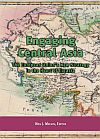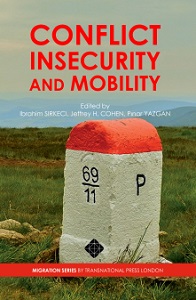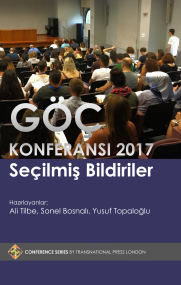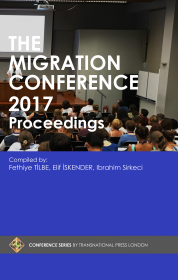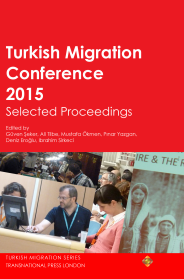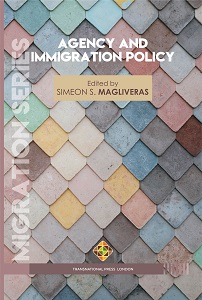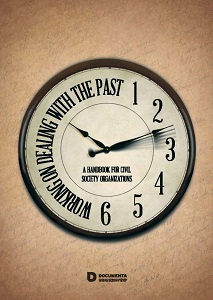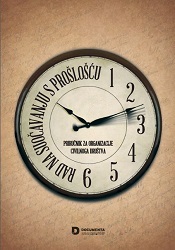Author(s): Ana Bitoljanu,Goran Božičević / Language(s): English
Publication Year: 0
I remember how it all started and how people were reluctant to mention the very topic during dealing with the past workshops. When we said “today’s topic is dealing with the past”, some kind of heavy silence would fall over the room. In the beginning, we didn’t even use that phrase, dealing with the past. We tried to introduce conversations about the past into various workshops, we did a lot of different things, aware of the fact that we have no chance of a joint future, without discussions about what had happened, how we deal with it today and whether we are at all ready to hear different views on what had happened. Sometimes, we called this work on dealing with the past “inter-ethnic dialogue”, sometimes we called it “opening communication in divided communities and groups”, sometimes it was an integral part of non-violent transformation of conflicts, but one way or another, we always talked about the past. In the meantime, we have reached a point when, at trainings that we organize today, we spend most of the time working on dealing with the past. And this is neither unpleasant nor unfamiliar any more. It has not become easy, far from it, but the phrase “dealing with the past” is no longer so scary and unknown. We have slowly reached the point at which people have trust in us and perceive the workshops as safe space in which they can talk about what had happened, what they had been through and survived. It has even happened that participants said: “OK, this communication, non-violence, gender, all this is great, but when are we going to talk about the past? It was because of dealing with the past that we applied for this training in the first place”.
More...
